Deck & Commander Strategies
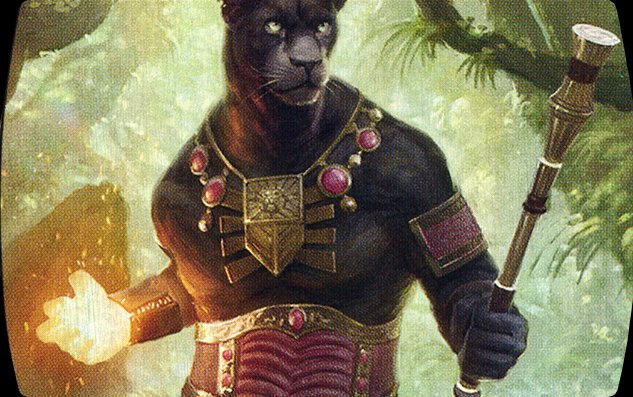
Lord Windgrace
Focuses on land recursion and landfall triggers by repeatedly putting lands into the graveyard and back into play, generating tokens and ramping mana to overwhelm opponents with large creatures and board presence.
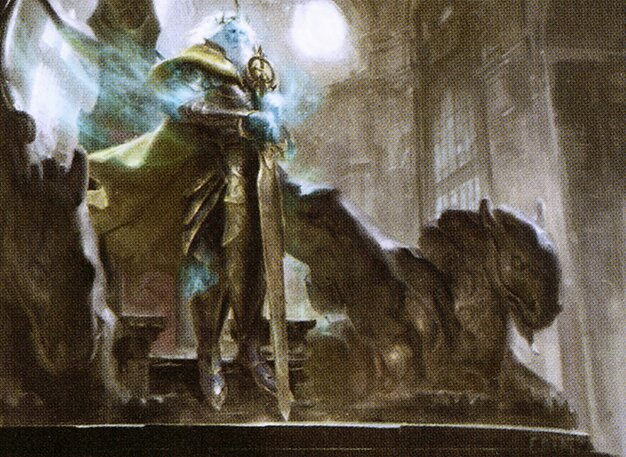
Brago, King Eternal
Utilizes blink effects to repeatedly trigger enter-the-battlefield abilities, gaining card advantage and controlling the board, often winning through incremental value or infinite combos.


Miara, Thorn of the Glade & Tana, the Bloodsower
Builds a resilient elf tribal board that generates tokens and provides sacrifice fodder, aiming to swarm opponents with numerous creatures and powerful synergies.
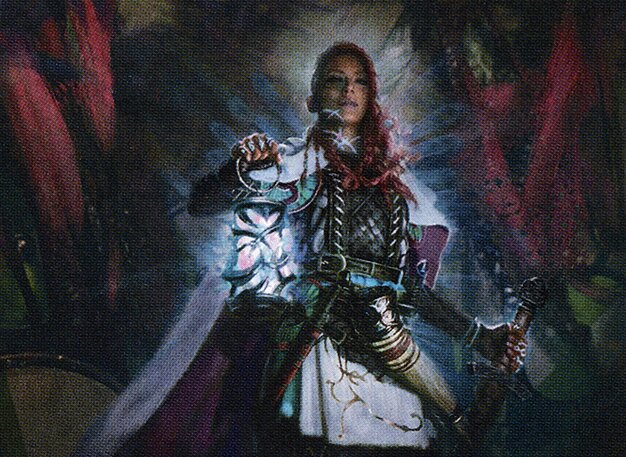
Tergrid, God of Fright
Uses discard and sacrifice mechanics to steal or destroy opponents' permanents, disrupting their strategy while leveraging sacrifice-based combos to finish the game.
Gameplay Insights
- 1
Lord Windgrace’s use of Avenger of Zendikar combined with multiple land drops and landfall triggers created a high-impact board presence that was difficult for opponents to handle.
- 2
Tergrid’s sacrifice and discard effects were effective at disrupting opponents’ plans but struggled against Windgrace’s ability to recur lands and generate tokens.
- 3
Brago’s blink strategy provided valuable tempo and card advantage, but the deck’s lack of stax elements meant it had to rely on incremental value rather than shutting down opponents.
- 4
Tana and Miara’s elf tribal synergy allowed for consistent pressure and card advantage, with sacrifice fodder from Miara enabling Tana’s token generation to steadily increase board size.
- 5
Strategic timing of board wipes and targeted removal, such as Windgrace destroying key artifacts and permanents, shifted momentum and prevented opponents from stabilizing.
Notable Cards
-

Avenger of Zendikar
-
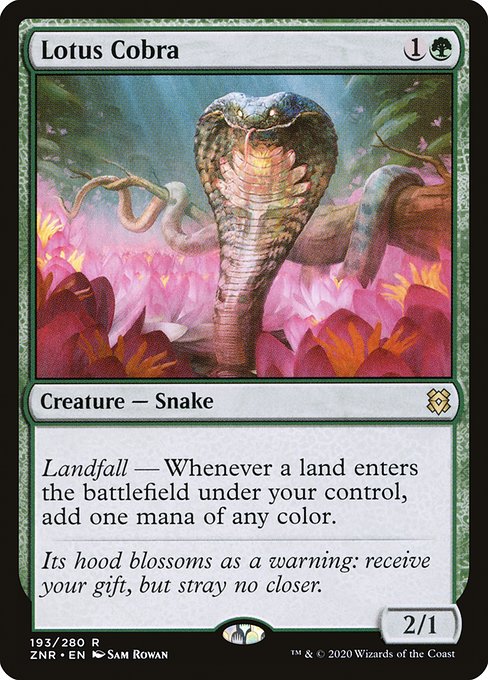
Lotus Cobra
-
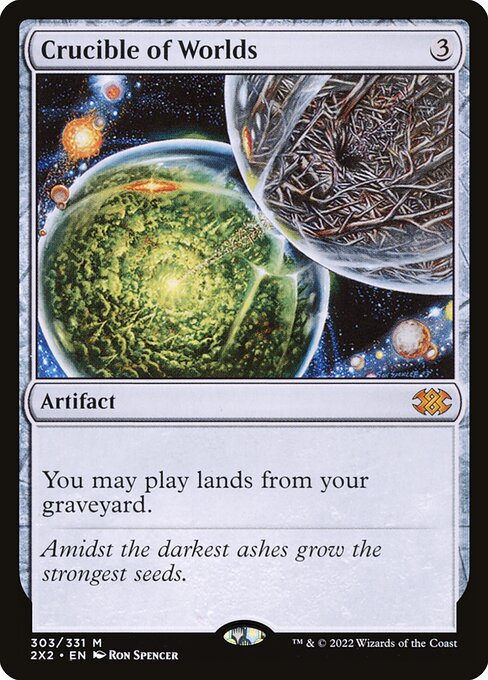
Crucible of Worlds
-
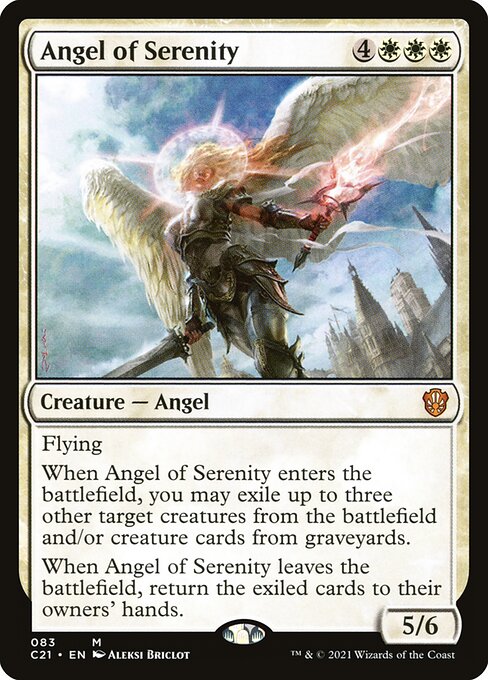
Angel of Serenity
-
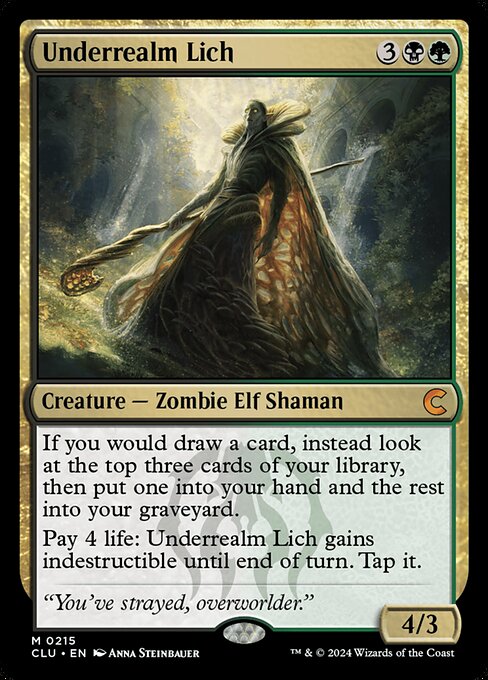
Underrealm Lich
-

Faithless Looting
-
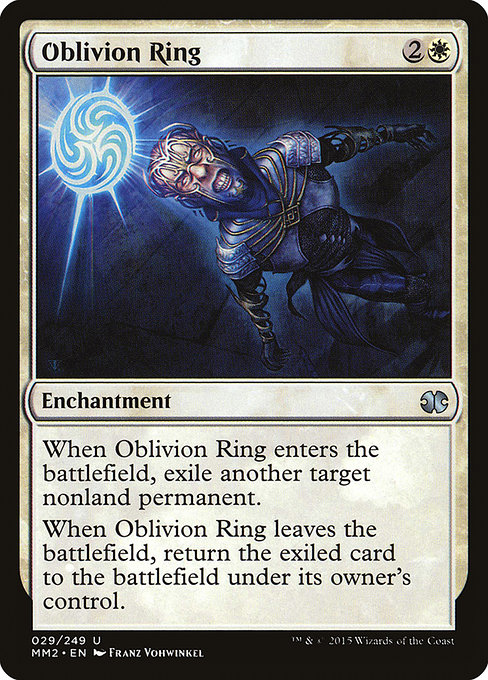
Oblivion Ring
-
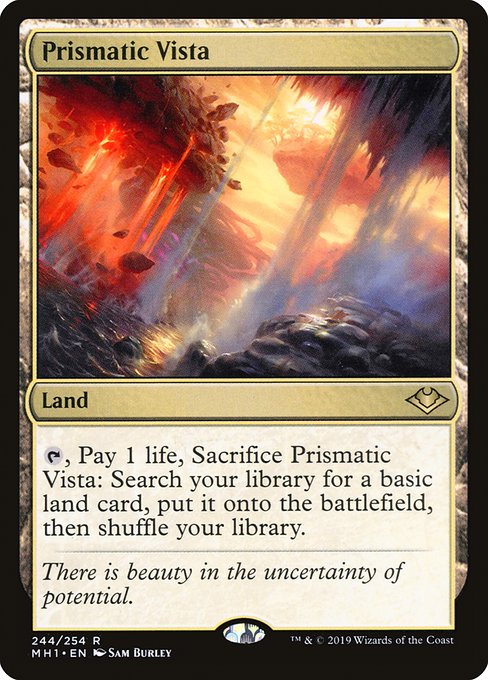
Prismatic Vista
-
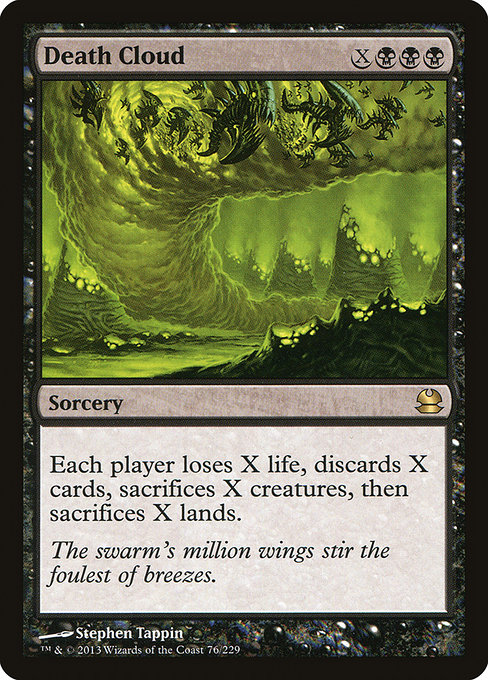
Death Cloud
-
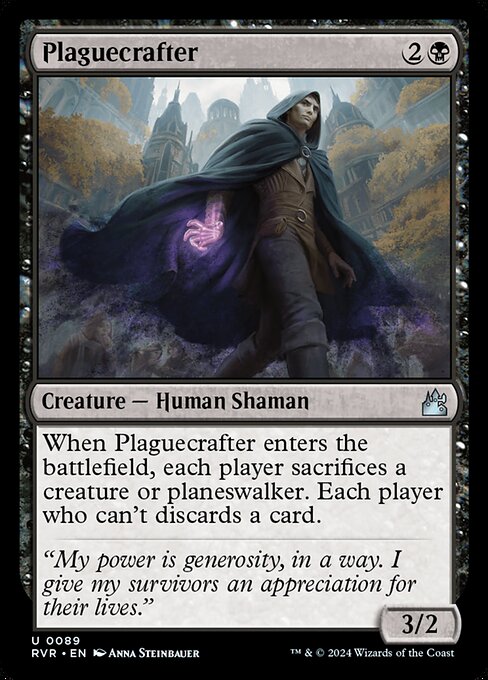
Plaguecrafter
Gameplay Summary
The game started with each player establishing their board presence according to their deck's strengths.
Lord Windgrace focused on ramping lands into the graveyard and back into play, leveraging cards like Lotus Cobra and Crucible of Worlds to accelerate mana and generate powerful landfall triggers.
Brago, King Eternal aimed to repeatedly trigger enter-the-battlefield effects using blink effects, while Tana and Miara developed a resilient elf-based army to overwhelm opponents.
Tergrid, God of Fright applied pressure by forcing opponents to sacrifice their own permanents and disrupting their resources. A pivotal moment occurred when Lord Windgrace cast Avenger of Zendikar, generating multiple plant tokens and synergizing with his landfall abilities to pump them into formidable threats.
Windgrace's board wipes and token generation kept opponents on their toes, while Tergrid used discard and sacrifice effects to control the board.
Brago tried to stabilize and gain card advantage through flickering creatures like Angel of Serenity.
Meanwhile, Tana and Miara steadily built a swarm of elves to apply continuous combat pressure. As the game progressed, Windgrace's ability to destroy non-land permanents and create a wide token army allowed him to dominate the battlefield, culminating in a strong offensive push.
Tergrid's disruptive strategy slowed some opponents but was hampered by Windgrace's land recursion and token generation.
Brago's blink value and Tana & Miara's elf synergy provided intermittent threats, but Windgrace's consistent landfall triggers and board control were decisive.
The game highlighted the interplay between land recursion, token swarms, and sacrifice-based disruption, with Windgrace's deck ultimately leveraging its powerful land interactions to close out the game.





















![Commander VS S14E5: Lord Windgrace VS Saheeli VS Aminatou VS Estrid [EDH] thumbnail](https://i.ytimg.com/vi/JC-3BaczJhU/sddefault.jpg)













![Saskia Aggro vs. Mono Black Control [Duel Commander-EDH] - Magic: The Gathering thumbnail](https://i.ytimg.com/vi/0MHeOud1aRY/sddefault.jpg)




















